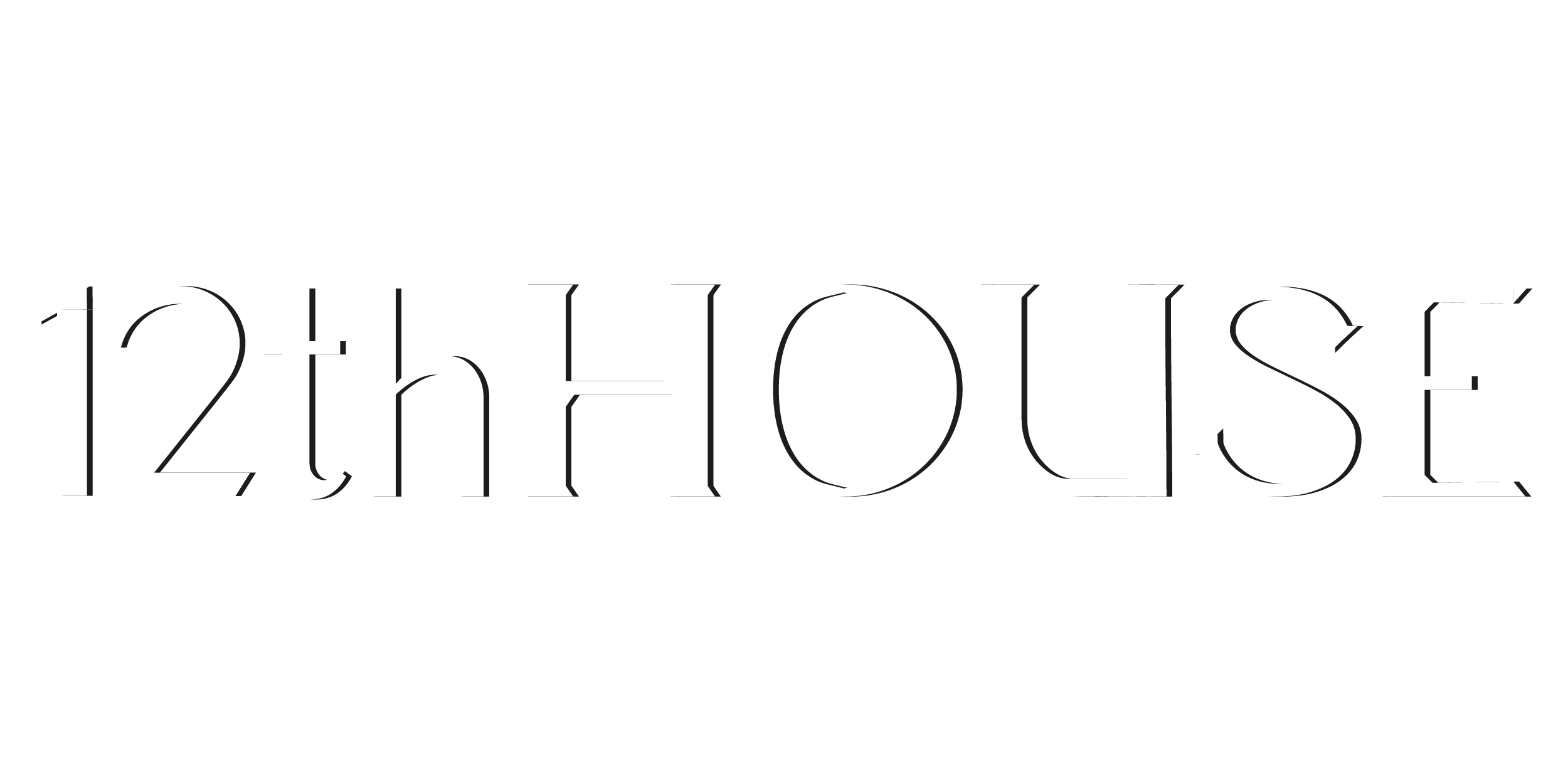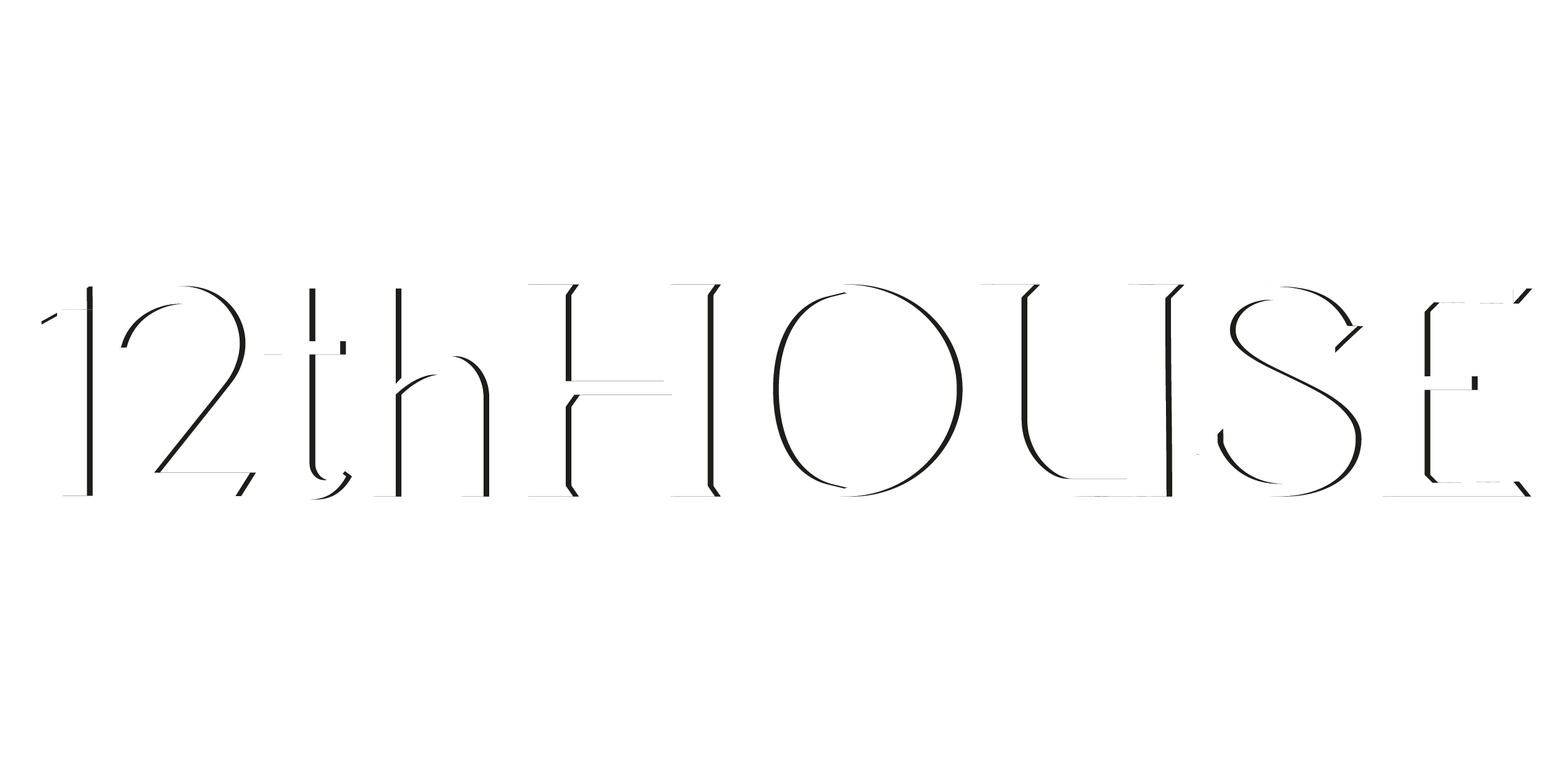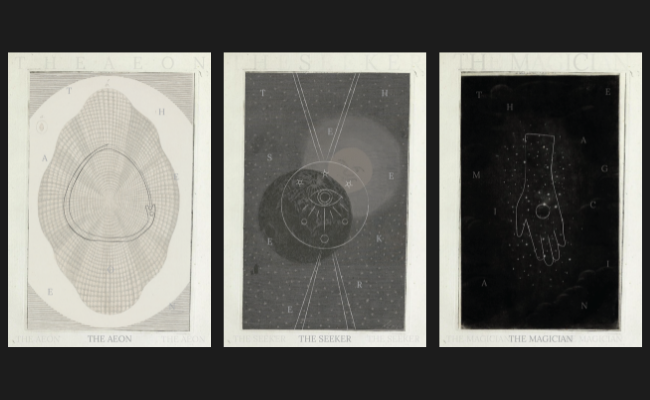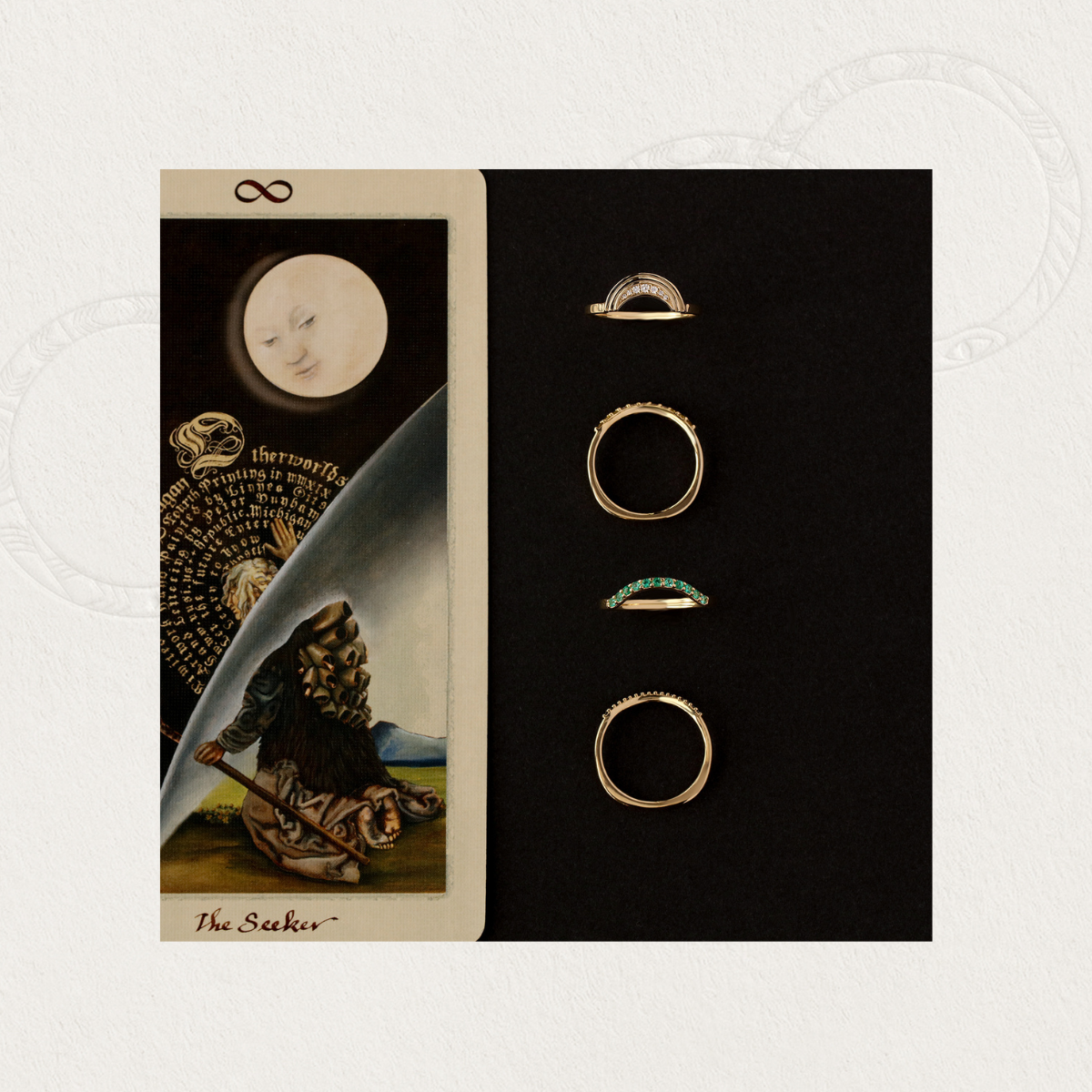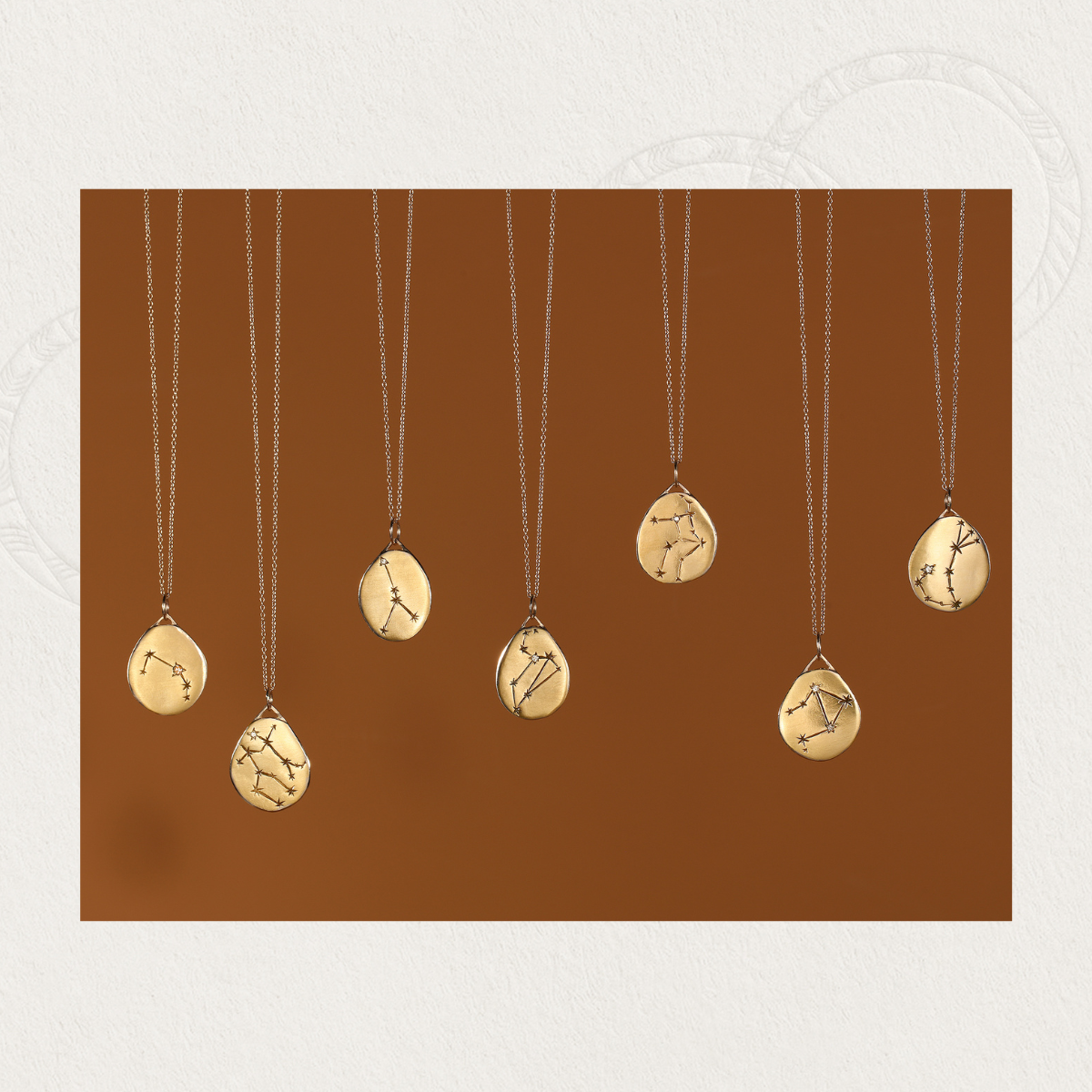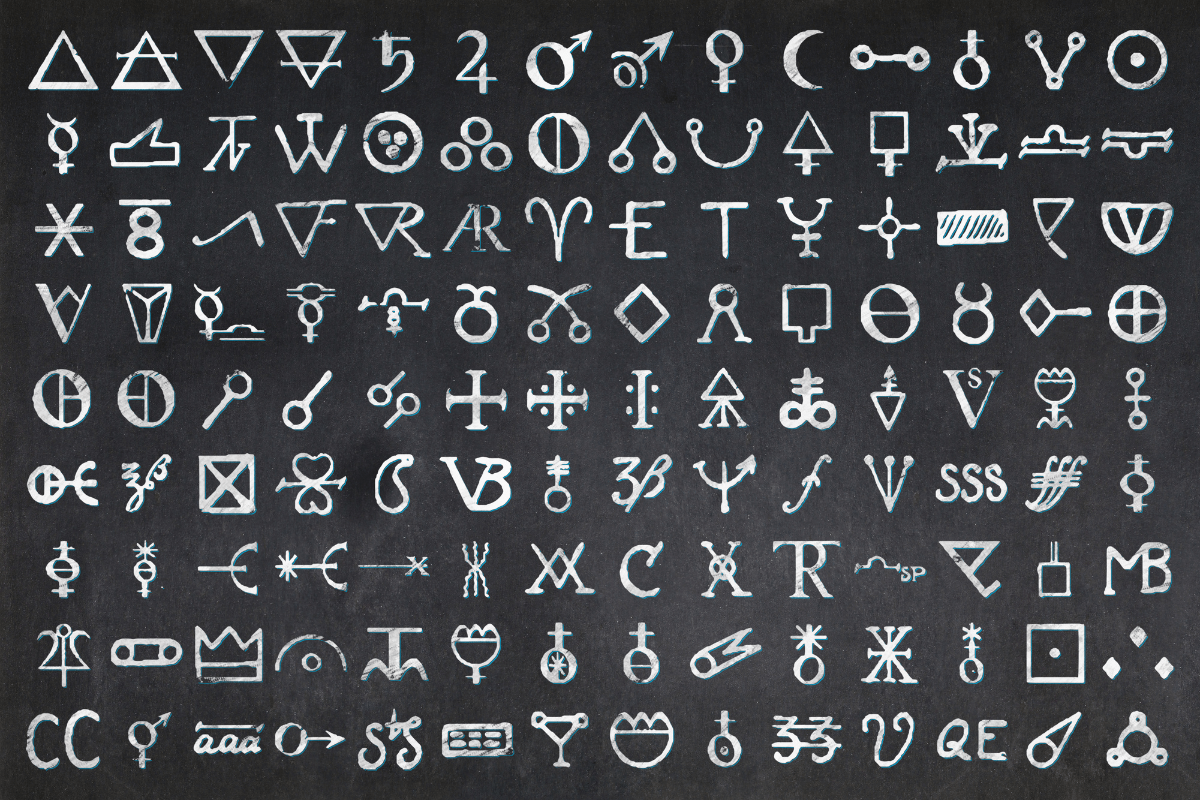
The Connection between Alchemy, Sacred Geometry, and Astrology
[article synopsis: Alchemy, sacred geometry, and astrology are three interconnected esoteric traditions that continue to be studied and practiced in the modern world. This article explores the historical connection between these three traditions and their continued relevance in contemporary culture and thought. Featuring historical examples and contemporary perspectives, this article offers a unique insight into the intersection of science, philosophy, and mysticism.]
The Connection between Alchemy, Sacred Geometry, and Astrology
Throughout the centuries, these traditions have influenced and inspired each other, and continue to be studied and practiced by those interested in the intersection of science, philosophy, and mysticism. In this article, we will explore the connection between these three traditions, and how they have influenced each other over time.
The connection between alchemy and astrology in the ancient world
Alchemy, sacred geometry, and Astrology are three esoteric traditions that have a rich history and complex relationship with each other. Throughout the centuries, these traditions have influenced and inspired each other, and continue to be studied and practiced by those interested in the intersection of science, philosophy, and mysticism.
One of the key ways in which alchemy and astrology have been connected throughout history is through the use of astrological symbolism and imagery in alchemical texts and practices. In many alchemical texts, the planets and zodiac signs are used as symbols to represent the elements and principles of alchemy. For example, the sun is often associated with gold and the principle of unity, while the moon is associated with silver and the principle of change. This correlation can be seen in the work of alchemists such as Nicholas Flamel, who used astrological symbols in his writings on alchemy (Newman, 1998).
In addition to the use of astrological symbols, many alchemical texts also include detailed instructions for conducting alchemical operations at specific astrological times and configurations. These instructions were thought to enhance the efficacy of the alchemical process, and to create a more favorable environment for transmutation. This is also referred to as the art of correspondence, or sympathetic magic. An example of this can be seen in the work of the 15th century alchemist George Ripley, who wrote extensively on the astrological timing of alchemical operations (Ripley, 1471).
Another interesting connection between alchemy and astrology is their relationship with sacred geometry. As we discussed earlier, alchemy and sacred geometry have a long history of overlapping and influencing each other, with many alchemical texts and practices including the use of geometric shapes and patterns. In astrology, sacred geometry is also an important part of the tradition, and is used to represent the relationships and connections between the planets and zodiac signs. This connection can be seen in the work of the 17th century astrologer and alchemist, John Dee, who used geometric diagrams to represent astrological concepts and principles (Dee, 1659).
The influence of astrology on the development of alchemical theories and practices is another fascinating aspect of the relationship between these three traditions. Throughout history, alchemists have been influenced by astrological ideas and principles, and have incorporated them into their theories and practices. For example, the concept of the four elements - Earth, Air, Fire, and Water - has its origins in Astrology, and has been an important part of alchemical thought since ancient times. This can be seen in the work of the ancient Greek philosopher, Empedocles, who is credited with introducing the concept of the four elements into Western thought (Empedocles, 4th century BC).
In the modern world, alchemy, sacred geometry, and astrology continue to be studied and practiced by those drawn to the esoteric and mystical. Many contemporary alchemists and occultists are influenced by astrological ideas and principles, and incorporate them into their work. For example, the contemporary alchemist, John Anthony West, has written extensively on the connection between alchemy and astrology, and has argued for the importance of incorporating astrological principles into modern alchemical practice (West, 2012).
The Relationship of Astrology and Philosophy
Astrology and philosophy have a long and complex relationship that has evolved over the centuries. Astrology, which is the study of the movements, patterns and relative positions of celestial bodies and their influence on human affairs, has been practiced for thousands of years, and has been an important part of many philosophical traditions. At the same time, philosophy has also had a significant influence on the development of astrology, and has helped to shape its principles and practices.
One of the key ways in which philosophy has influenced astrology is through its contribution to the development of astrological theories and concepts. Many of the ideas and principles that are central to astrology have their roots in philosophy, and have been developed and refined by philosophers over the centuries. In addition to the development of astrological concepts, philosophy has also played a role in shaping the way in which astrology is practiced. Throughout history, philosophers have been involved in the observation and interpretation of celestial events, and have used their knowledge of philosophy to help understand the significance of these events. For example, the ancient Greek philosopher, Pythagoras, is credited with developing the concept of the celestial spheres, which was an important part of the astrological model of the universe (Pythagoras, 6th century BC).
Furthermore, philosophy has also had a significant influence on the way in which astrology is used. In many cultures, astrology has been used as a tool for making predictions and providing guidance, and philosophers have played a key role in this process. For example, the ancient Chinese philosopher, Confucius, is believed to have used astrology to help advise the rulers of the time on matters of state (Confucius, 6th century BC).
In the modern world, the relationship between astrology and philosophy continues to evolve and develop. Many contemporary philosophers are interested in the intersection of astrology and philosophy, and are exploring the ways in which these two disciplines can inform and enrich each other. For example, the philosopher, David Birnbaum, has written extensively on the connection between astrology and philosophy, and has argued that astrology can provide a valuable perspective on philosophical questions (Birnbaum, 2014).
At the same time, astrology also continues to influence philosophical thought and debate. Many contemporary philosophers are interested in the relationship between astrology and concepts such as determinism and free will, and are using astrological ideas and principles to help explore these ideas (Martens, 2015).
In conclusion, the relationship between astrology and philosophy is a complex and dynamic one that has evolved over the centuries. Astrology has been shaped by philosophy, and has, in turn, influenced philosophical thought and debate. In the modern world, these two disciplines continue to inform and enrich each other, offering unique perspectives on the nature of the universe and our place within it.
Alchemy, Sacred geometry, Modern Art
Sacred geometry is a term used to describe the geometric patterns, shapes, and designs that are found in religious and spiritual artwork, architecture, and symbolism. Alchemy is an ancient practice that combines elements of chemistry, physics, and philosophy, and is often associated with the pursuit of turning base metals into gold, the creation of the philosopher's stone, and the attainment of spiritual enlightenment.
One example of sacred geometry and alchemy being used together is in the symbolism of the caduceus, which is a staff entwined by two serpents and surmounted by wings. This symbol is often associated with alchemy and is believed to represent the duality of opposites and the integration of opposing forces. The caduceus is also seen as a representation of the concept of the "golden mean," which is a term used in sacred geometry to describe the ratio of 1:1.618, known as the "divine proportion." This ratio is found in many natural forms and is believed to be aesthetically pleasing and harmonious.
In alchemy, the divine proportion is often seen as a symbol of balance and harmony, and it is believed to be present in the structure of the universe and in all living things. The golden ratio is thought to be a key component of the philosopher's stone, which is a mythical substance believed to be capable of turning base metals into gold and conferring various other powers, including the ability to achieve immortality.
The golden ratio is also associated with the concept of the "middle way," which is a term used in many spiritual and philosophical traditions to describe a path of balance and moderation. In alchemy, the middle way is seen as the path to enlightenment and the attainment of the philosopher's stone.
These traditions have also influenced modern art, literature, and popular culture, and can be seen in the works of artists, writers, and filmmakers who are interested in the intersection of science, philosophy, and mysticism. For example, the filmmaker, David Lynch, has incorporated elements of alchemy and sacred geometry into his work, and has spoken about their influence on his creative process (Lynch, 2006).
One example of sacred geometry in Lynch's work is the use of the golden ratio in the design and composition of his films. Lynch has stated that he is "fascinated by the golden ratio and the Fibonacci sequence," and he has incorporated these elements into the visual design of his films.
Another example of sacred geometry in Lynch's work is the use of mandalas, which are circular diagrams or designs that are often used in Hindu and Buddhist spiritual practices as aids for meditation and as symbols of the universe. Mandalas often feature complex geometric patterns and symmetrical designs, and Lynch has incorporated mandalas into the visual design of his films, including the films "Mulholland Drive" and "Lost Highway."
Another way in which alchemy has remained relevant in the modern world is through its connection to contemporary science and technology. While alchemy is often seen as an ancient and outdated discipline, many modern alchemists are using contemporary scientific methods and technologies to explore and experiment with alchemical principles and theories. For example, some contemporary alchemists are using advanced analytical techniques to study the properties of alchemical substances, and are using modern equipment to conduct alchemical operations. This can be seen in the work of the modern alchemist, Stephen Skinner, who has written extensively on the use of modern technology in alchemical practice (Skinner, 2009).
In addition to its connection to contemporary science, alchemy also continues to be a relevant and influential part of many contemporary spiritual and esoteric movements. Many modern occult and New Age groups draw upon alchemical principles and theories in their practices and teachings, and see alchemy as a valuable tool for personal and spiritual transformation. This can be seen in the work of the contemporary spiritual teacher, Robert Bartlett, who has written about the connection between alchemy and modern spirituality (Bartlett, 2008).
Overall, the contemporary practice and relevance of alchemy in the modern world is a fascinating and dynamic field. Despite its association with the ancient past, alchemy continues to offer a unique perspective on the nature of the universe and our place within it, and continues to inspire scholars and practitioners alike. As the contemporary alchemist, Catherine MacCoun has written, "alchemy remains a potent and ever-evolving art, alive and well in the 21st century" (MacCoun, 2011).
In conclusion, the connection between alchemy, sacred geometry, and astrology is a fascinating and enduring one. These three traditions have influenced and inspired each other throughout history, and continue to be studied and practiced by those interested in the intersection of science, philosophy, and mysticism. In the modern world, alchemy has adapted and evolved in response to contemporary cultural and scientific developments, and continues to offer a unique perspective on the nature of the universe and our place within it.
References:
Bartlett, R. (2008). Real Alchemy: A Primer of Practical Alchemy. Rochester, Vermont: Inner Traditions.
Dee, J. (1659). Monas Hieroglyphica. Antwerp, Belgium: Plantin Press.
Empedocles (4th century BC). On Nature. Translated by Philip Wheelwright. Indianapolis, Indiana: Bobbs-Merrill.
Lynch, D. (2006). "Alchemy and Sacred Geometry in Filmmaking". The Alchemist's Journal. Retrieved from http://www.davidlynch.com/journal/alchemy-and-sacred-geometry-in-filmmaking/.
MacCoun, C. (2011). "Alchemy in the 21st Century". Journal of the Western Mystery Tradition. Retrieved from https://journal.jwmt.org/article/view/300/288.
Newman, W.R. (1998). Gehennical Fire: The Lives of George Starkey, an American Alchemist in the Scientific Revolution. Cambridge, Massachusetts: Harvard University Press.
Ripley, G. (1471). Compound of Alchymy. London, England: Wynkyn de Worde.
Skinner, S. (2009). The Practical Handbook of Plant Alchemy: An Herbalist's Guide to Preparing Medicinal Essences, Tinctures, and Elixirs. Rochester, Vermont: Inner Traditions.
West, J.A. (2012). The Alchemy of Light: Geometry and Optics in Late Renaissance Alchemical Illustration. Rochester, Vermont: Inner Traditions.
Birnbaum, D. (2014). "Astro-Philosophy". Cosmology. Retrieved from http://www.cosmology.com/Astro-Philosophy-David-Birnbaum.html.
Confucius (6th century BC). The Analects. Translated by Roger T. Ames and Henry Rosemont Jr. Indianapolis, Indiana: Hackett Publishing Company.
Empedocles (4th century BC). On Nature. Translated by Philip Wheelwright. Indianapolis, Indiana: Bobbs-Merrill.
Martens, L. (2015). "Astrology and Determinism". Astrology News Service. Retrieved from http://astrologynews.org/2015/09/01/astrology-and-determinism/.
Pythagoras (6th century BC). The Pythagorean Tradition. Translated by David Fideler. Grand Rapids, Michigan: Phanes Press.
